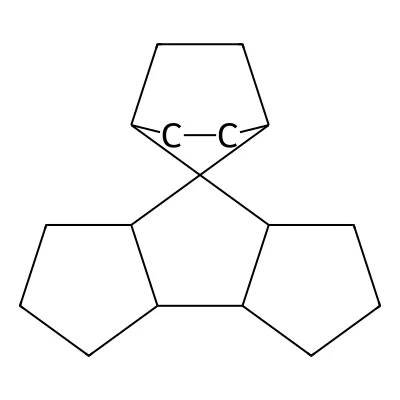Key Contribution
The primary contribution is the creation of the 166.4 billion-compound GDB-17, which successfully extends the enumerated chemical universe into the drug-relevant size range of up to 17 atoms, made possible by a 400-fold faster algorithm that revealed a novel chemical space rich in three-dimensional and stereochemically complex structures.

